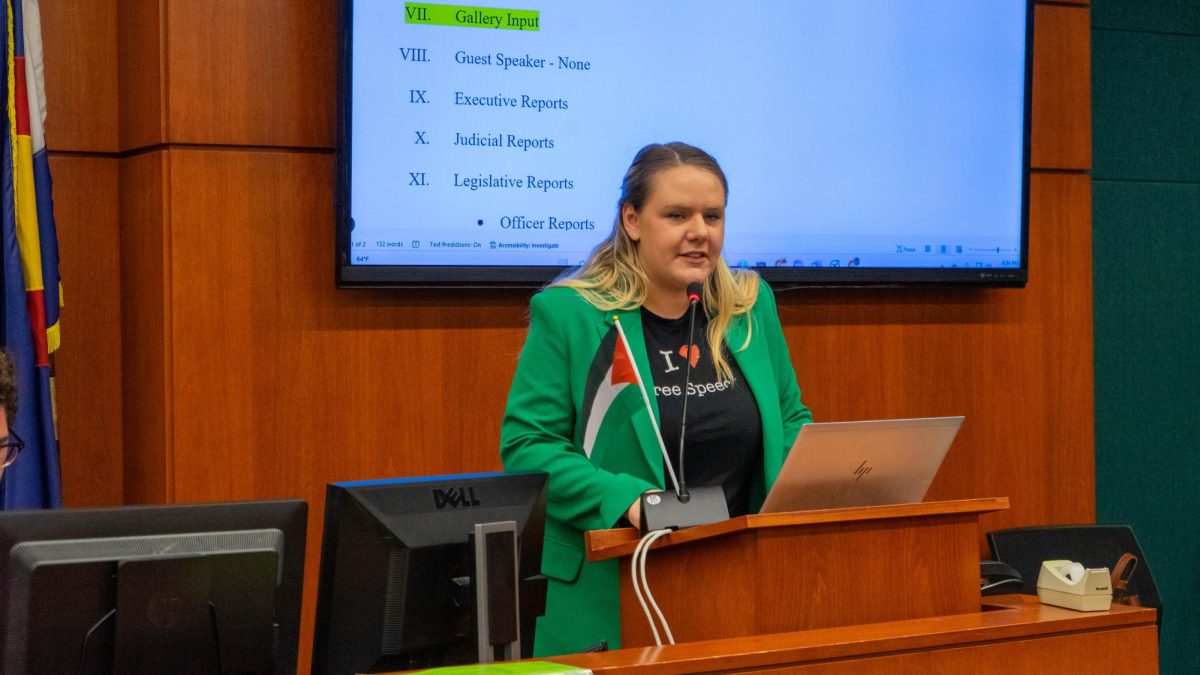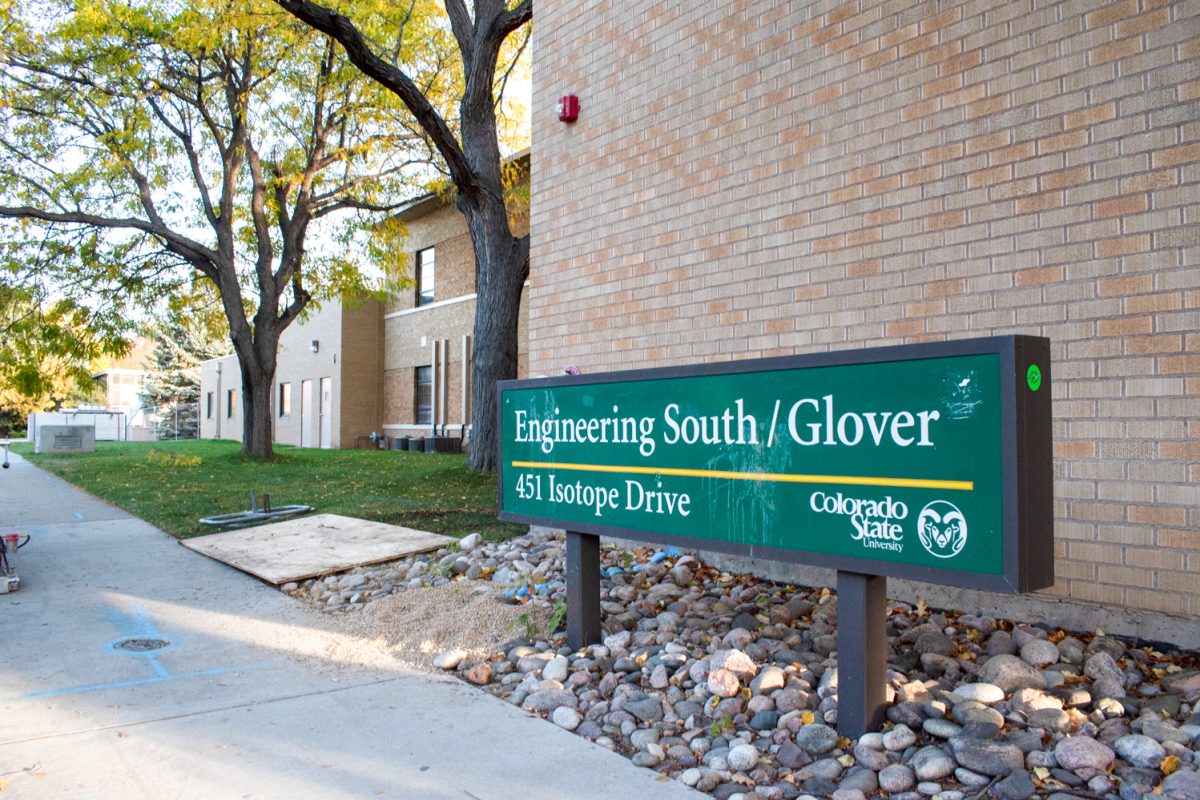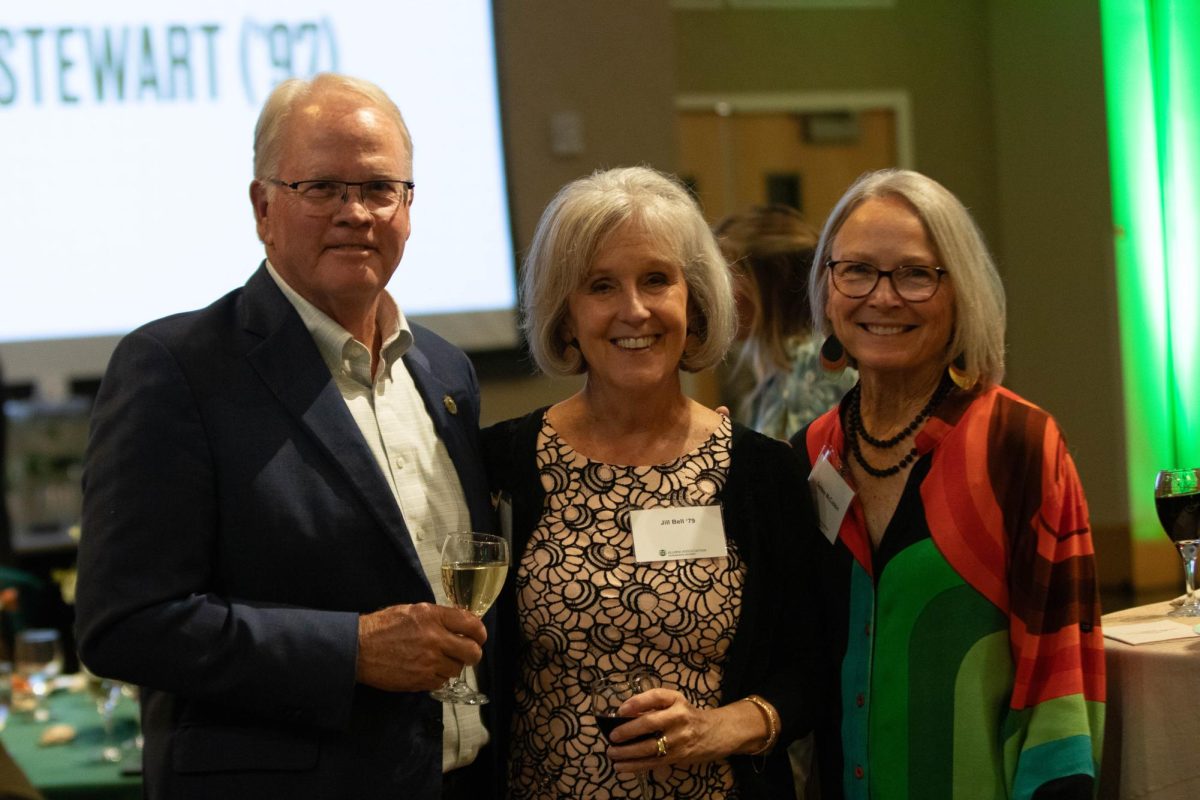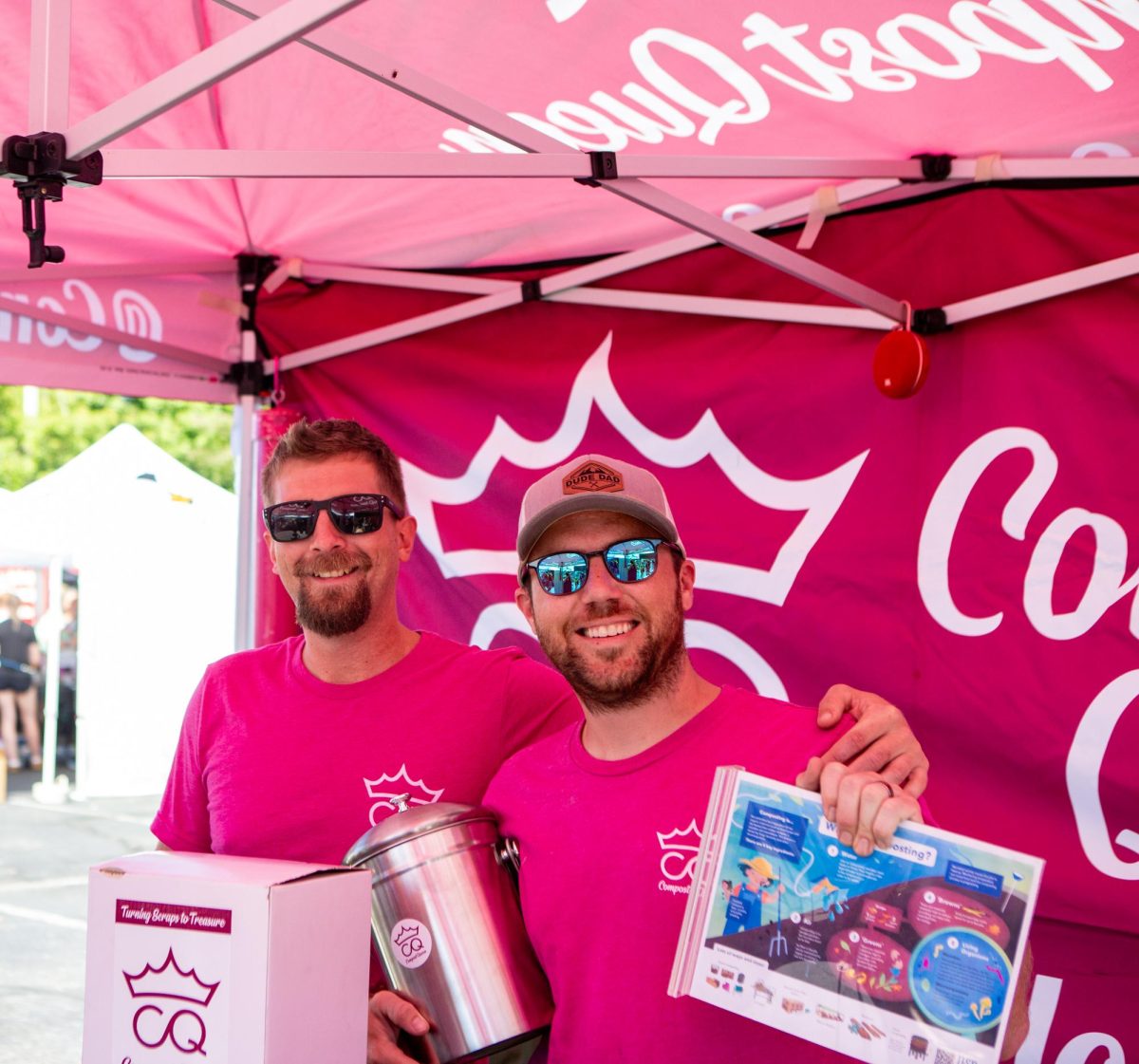“Oscar,” the 30-yard in-vessel composting system owned by Housing and Dining Services, is approaching the end of its life, but when, how and what to do next is unknown territory.
The system, which was built by Green Mountain Tech, was purchased by HDS in 2011 and was the first of its kind by that company, said Maggie Gilman, CSU compost intern and senior human dimensions of natural resources major.
“When it was purchased by Housing and Dining they gave it a seven-to-ten-year lifespan,” Gilman said. “It has hit the capacity of its lifespan.”
The composting system is completely contained inside a metal container and uses the food waste from campus and organic waste from the equine sciences program to produce uncured compost within two-three weeks, Gilman said.
Tim Broderick, assistant director of sustainability for HDS, said “Oscar” is still running well and its inevitable break-down is hard to estimate because it must be maintained until it’s no longer feasible.
“It’s like a car,” Broderick said. “You can give an estimation but you’ll never know. We are going to utilize “Oscar” until it collapses.”
“Oscar” is used as a learning lab for the compost intern, Gilman said, because the compost inside is not affected by weather or wildlife scavenging for food. But with more University interest in composting, a windrow composting system was added in March 2017 to accommodate an increased volume which “Oscar” couldn’t handle.
The windrow system, located at the Foothills research campus, is made up of rows of compost exposed to the elements, which can take a much higher capacity. The new system was provided by the student-run University Facility Fee Advisory Board, according to Facilities Management’s website.
“Oscar” can take 16,500 pounds of food waste per month during a school year, but the windrow system takes 30,000 pounds of food waste, 25,000 pounds of paper towel and food waste from academic buildings and 20,000 pounds of hay and manure per month every school year, said Sheela Backen, program manager for CSU Integrated Solid Waste program.
“What’s nice about the windrow is that they will have the normal amount that they compost,” Gilman said, “But if there is an event on campus and all of the food waste gets composted at the event, they have the capacity to create a new pile.”
She also said the windrow system is more economically feasible than “Oscar” because HDS only has to invest in a tractor and tools to process the organic waste instead of an entire vessel.
Gilman said the drawback to the windrow system is the exposure to weather and wildlife. High winds causing paper plates, cups and paper towels to blow into neighboring areas have led other composting facilities to stop accepting them.
Birds have also become tenacious enough to rip through tarps to get to the organic waste below, Gilman said.
As more composting programs are developing on campus, including composting for the cafes and restaurants in the Lory Student Center, Gilman said the windrow system will be taking on more waste.
But, as for what is next for the composting program, HDS isn’t sure.
“It’s so hard to say because we are nowhere near that,” Broderick said. “Honestly we haven’t had those big discussions.”
Ravyn Cullor can be reached at news@collegian.com or on Twitter @RCullor99.







